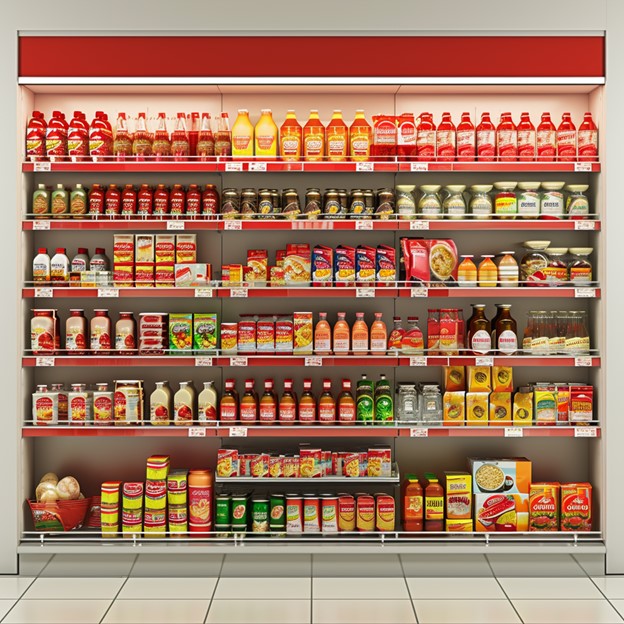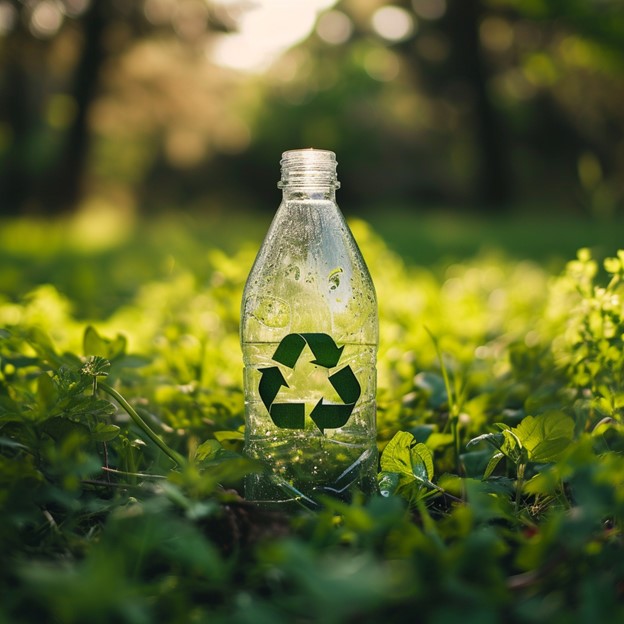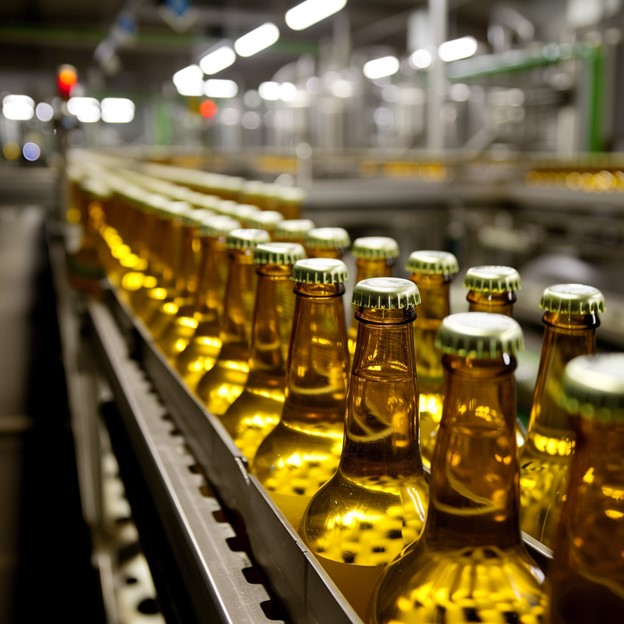Embracing Change: The Evolution of Packaging Materials in the CPG Industry
In the fast-paced world of consumer packaged goods (CPG), the only constant is change—especially when it comes to packaging materials. As companies strive for sustainability and efficiency, the shift towards innovative packaging solutions is not just a trend; it’s a reflection of a deeper commitment to environmental stewardship and operational excellence. This evolution presents both challenges and opportunities for CPG companies, especially those navigating the complexities of printing batch codes, lot codes, and expiration dates on various packaging types.
The Shift to Lightweight Packaging
One of the most significant trends in the packaging industry is the move from rigid to flexible packaging. This transition is driven by the dual benefits of reducing CO2 emissions during transportation and minimizing landfill impact. Flexible packaging, known for its lightweight nature, offers reduced environmental impact without compromising on durability or functionality. For packagers, this shift means re-evaluating equipment and printing technologies to ensure compatibility with lighter materials, all while maintaining the integrity of essential product information.

Advancements in Recyclable Materials

As the global push for sustainability intensifies, the use of recyclable materials has become more prevalent. Innovations in biaxially oriented polypropylene (BOPP), mono oriented polyethylene (MOPE) and biaxially oriented polyethylene (BOPE) mono-materials are at the forefront of this trend. These materials are designed for easier recycling, addressing the growing consumer demand for sustainable packaging solutions. Similarly, the use of recycled materials in rigid packaging, such as beverage bottles, reflects a commitment to circular economy principles. However, the challenge of recycling components like caps and labels remains, underscoring the need for ongoing innovation in making containers more universally recyclable.
Stay ahead with real-time updates on the latest news:
Navigating Challenges and Opportunities
The transition to more sustainable packaging materials is not without its challenges. For packagers, the adoption of new materials may necessitate investments in new equipment and a re-evaluation of existing printing technologies. Factors such as water and oxygen permeation also become critical considerations, as they can affect product shelf life and quality. Despite these challenges, the shift towards sustainable packaging offers a unique opportunity for CPG companies to lead by example, demonstrating a commitment to innovation and environmental responsibility.

Conclusion
The changing landscape of packaging materials in the CPG industry is a testament to the sector’s adaptability and commitment to sustainability. As companies navigate these changes, the focus remains on balancing operational efficiency with environmental responsibility. By embracing new materials and technologies, CPG companies can not only meet the evolving demands of consumers but also contribute to a more sustainable future. Videojet continues to be a leader in understanding and staying ahead of these changes, partnering with our customers to support them as they make these transitions. In a world where change is the only constant, the ability to adapt and innovate is key to success.
